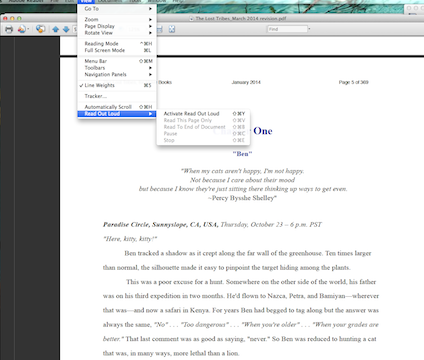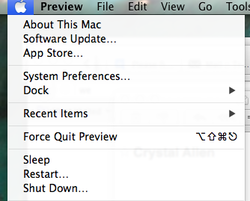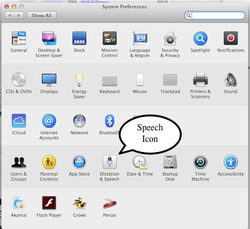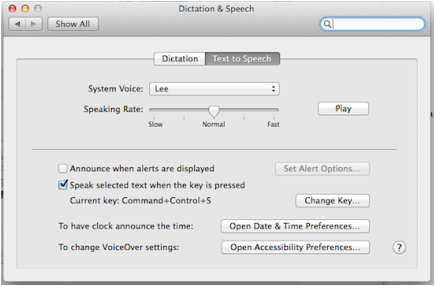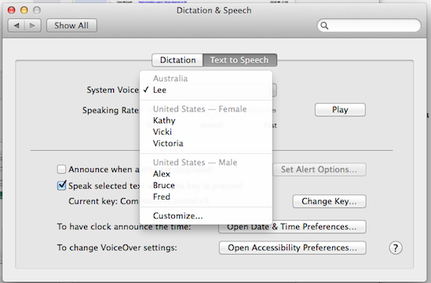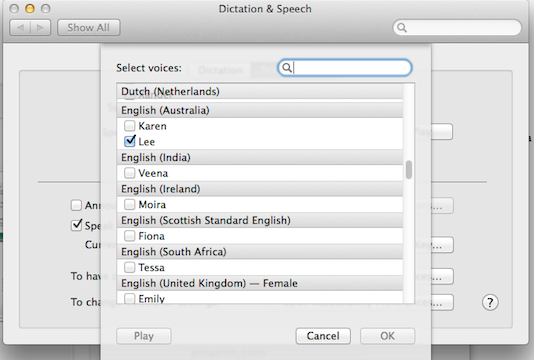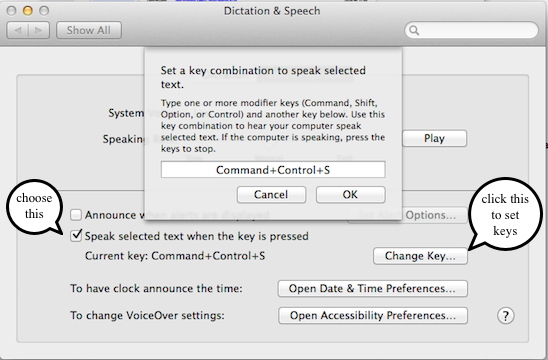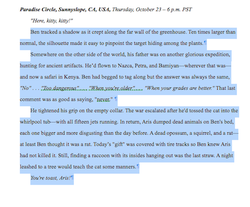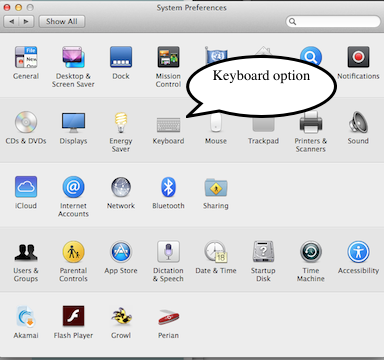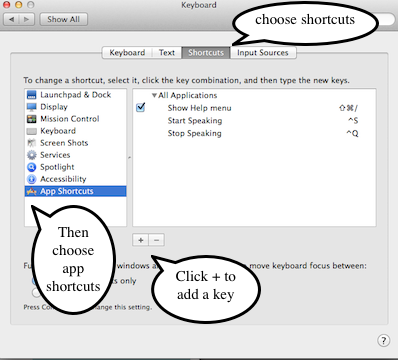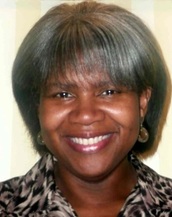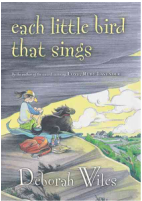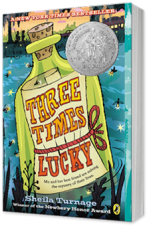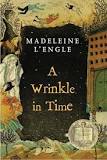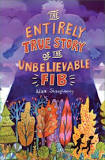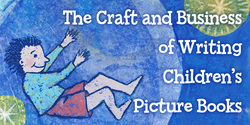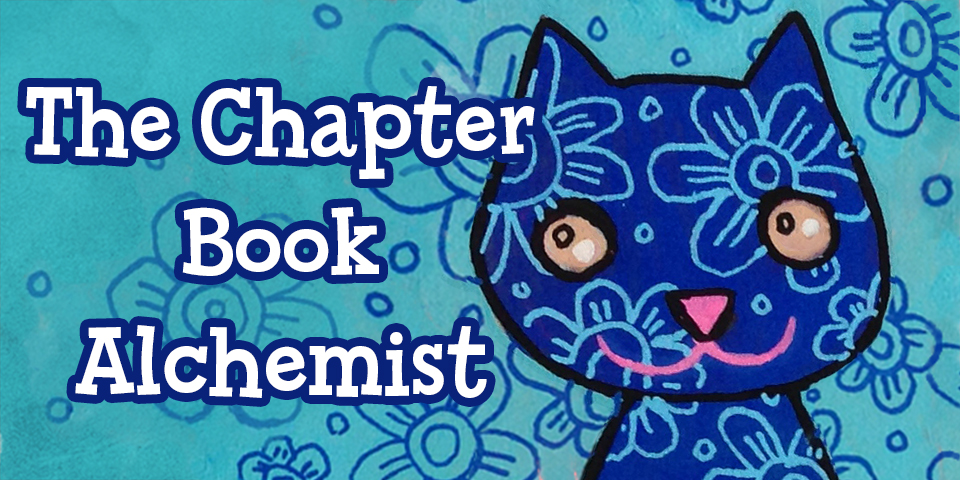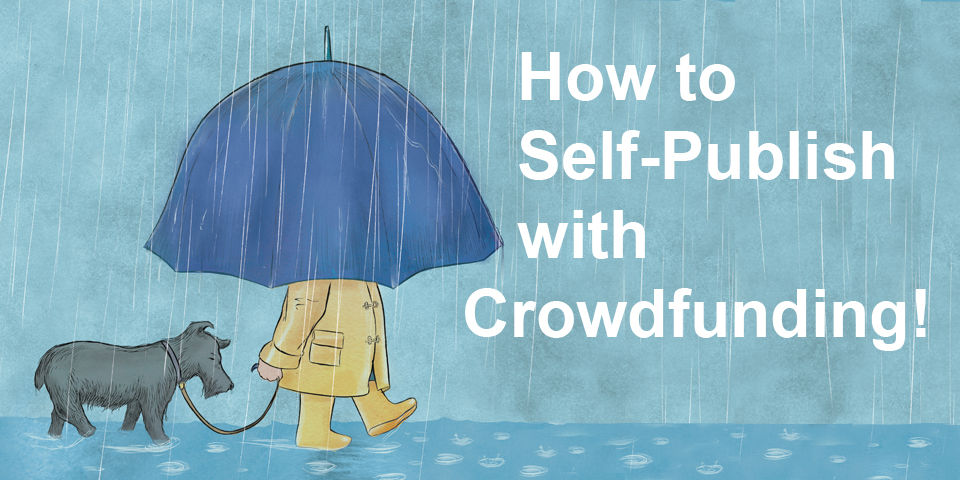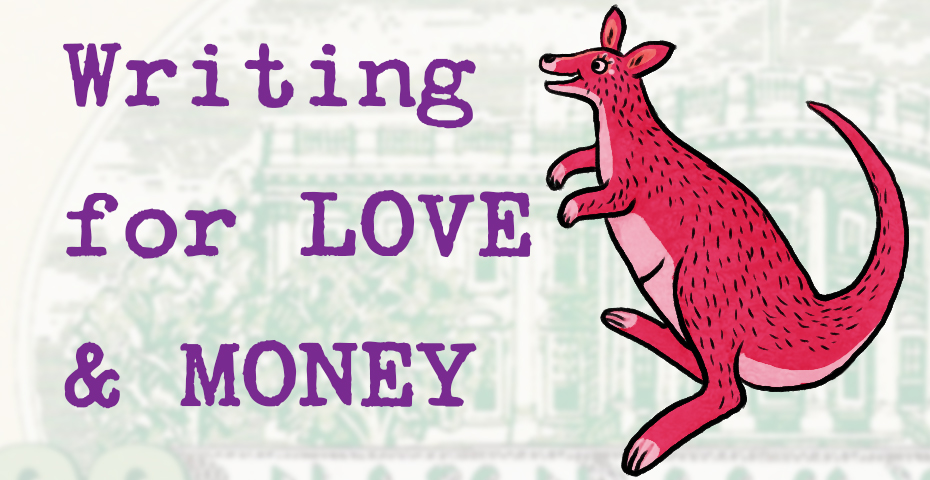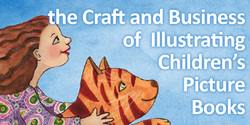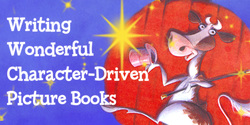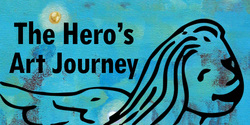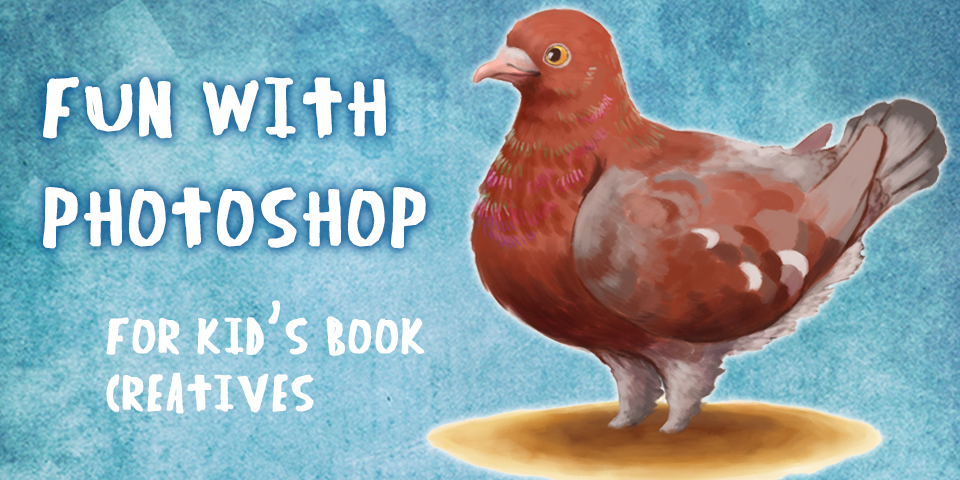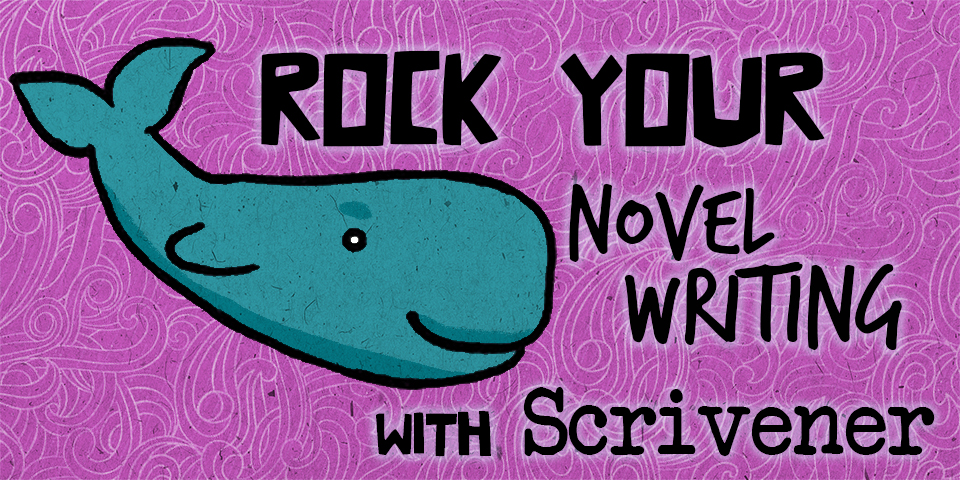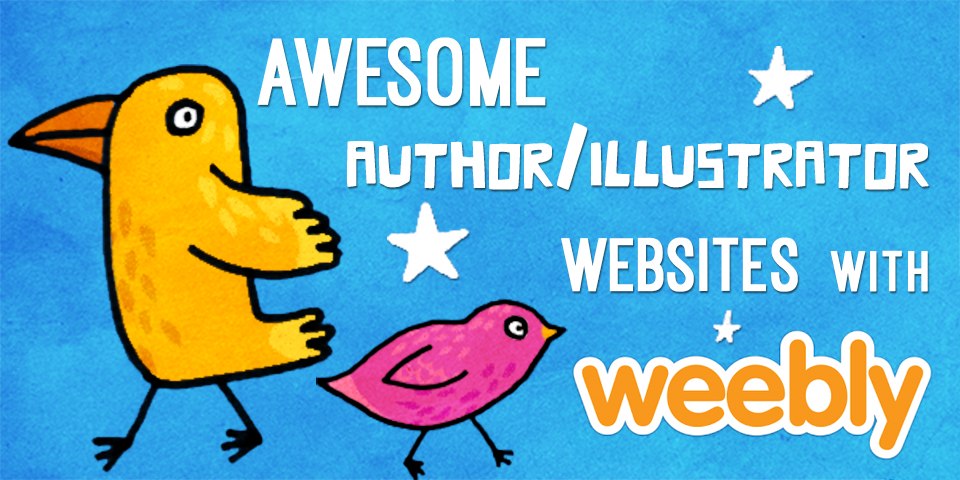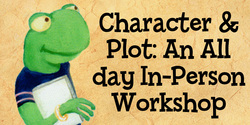|
This is a short blog entry, the victim of too many deadlines and too little time. Plus it’s my birthday. One of the drawbacks of writing a novel is that it’s time consuming to edit. You can read and read and read some more but I’ve found that when you edit, your “mind” fills in the blanks that aren’t really on the page. Instead we often advise authors: 1. Increase the typefont size. 2. Read it backwards (never did get the hang of that) 3. Play word search (its versus it’s) with search and find functions. 4. Lastly, read it out loud. I do a lot of the latter. Reading my work out loud. But with a 300+ page manuscript it's a daunting task. Plus my family has begun to talk about having me committed. I also I find I put emotion in where I want it to be. That, my dear friends, is what you call cheating. Readers won’t always guess correctly what inflections you meant if its in your head but not down in black on white. For instance, while reading a passage to several classes yesterday I realized I wrote: “Do you think they’ll find us?” he whispered. Only to realize I tell you about the whisper after you’ve read the dialogue in a louder voice. Too late to correct unless you’re scanning as you read. So I found a way to “hear” my words and catch things I had not caught in multiple revisions: missing punctuation, unrealistic dialogue, excess prose that can be cut. How does one do this you might ask? By having my computer read my manuscripts to me. And guess what, it’s been on your computer this whole time hiding in plain sight. Surprise! Never tried that? Didn’t know you could? That’s why you Mira arm twisted an MIT nerd to write on this blog. Depending on what system you have it should be straight forward. (warning, I’m" all-in" on Mac computers so PC people will have to use the links I provide for tutorials) Try these tips (you may have to experiment to get it just right). 1. Use Adobe Acrobat software to read a pdf (not as elegant as I would like but will do in a pinch so I'll list it first).
Read Out Loud Activate Read Out Loud
Give the software a few seconds to load before you click and it should read. I tested this on a pdf file I created myself for a client (science experiments) and it worked well for reading one paragraph at a time. I tested it on pdf file of my ARC I got from my publisher and within a single paragraph it only read a single line. I realized the ARC had been created by the book designer who was working in InDesign which changed how Adobe interpreted what a paragraph is (in this case a series of individual lines). So caveat emptor. But it’s free and it works. (note - you can change the voice if you're on a Mac - see the instructions below in section 3) 2. Using PC software to read a MS Word or text file? Use this link to step through the process: http://www.howtogeek.com/197880/how-to-make-your-computer-read-documents-to-you/ (Caveat: I’m assuming this works. I don’t own a PC so I haven’t tried this one but it looks fairly straightforward.) 3. OKAY APPLE/MAC PEOPLE - IT’S YOUR TIME TO SHINE! If you’re using a Mac (Yay team!) there are two options depending on what software and operating system you are using. This will read an entire chapter back to you (a whole book if you want but that’s a lot of memory so do it in pages or chapters). It will also read other things like text in articles on the internet. I tell the "mini-me progeny" (aka my college kids) to use it to read long digital texts assigned in class because they are both a visual and auditory learners and somehow "hearing" cements information better. I love this technique because I can make changes and revise while it’s reading without interrupting the cyber narrator. And no, Apple doesn’t come out and tell you it’s a built in feature. If you’re lucky enough to still own a pre-Intel Mac with OS 9, you got faces if you programmed it to listen to your voice commands. Some brilliant person removed the voice command function. I'm grieving still. It was a great way to keep students quiet and enthralled at rowdy school visits. First choose a voice. Go to your Systems Preferences (in your dock or up in the Apple at the top left of the screen) Select “Speech” or “Dictation and Speech” depending on what operating system you have. Choose a voice. There are several already loaded but you can use “customize” to find a new voice to download. The older Macs had novelty voices loaded - great for school visits (bubbles, aliens, robots, etc.). But now you have to load them. They are free, by the way, but take up a lot of memory so don't go crazy. I chose “Lee” who has an Australian accent. Click on "Customize" to find a voice or you might find interesting: Next, choose a key sequence you can remember. This will be used to turn the voice on and off. Lastly (the easy part), highlight the text you want the software to read by dragging the cursor over it. Then use your key sequence and sit back and listen to your brilliant prose or “clunky in need of revision” prose depending on what number draft you’re working on. Honestly, you can get through your entire manuscript in a day or two before you submit if you use this to create your version of an audio book. And although I haven't done it, I suspect you can use Garage Band to record the voice so you can listen to it again as an mp3 in the car or on your phone or iPod/iPad. Here's an audio sample of the result! There's a glitch however (isn't there always) to the rule. If you are using the NEWEST version of "Pages" Apple techs changed the game plan a bit and you have to program a keyboard shortcut just to make it work on this software (the methods above work for everything else, including Scrivener and internet reads). I think really young engineers with no customer contact like making enhancements without doing a poll of existing users. Probably because they're aware we carry pitchforks and aren't afraid to use them. So if you have issues, try the method below for getting speech to work on Apple's Pages latest update. I used Control S and Control Q but you can make your own shortcut. Otherwise the first method should work on everything else. So there you have it. A new trick to try. What tricks do you use? Come share with the village. Happy writing and listening!.....Christine
2 Comments
 Many people today talk about the need for diversity in children's books. The argument is that there are not only enough books with characters of color, or with disabilities, or who are LGBT, etc., there are also not enough diverse writers and illustrators either. However, the problem really starts behind the scenes where diversity is lacking the most - the industry itself. Lee & Low is a publishing company whose mantra IS diversity. They are the largest multicultural publisher in the United States. On their About Us page, one sentence written in bold says, "we pledged to make a special effort to work with unpublished authors and illustrators of color." Not only are the founders of the company diverse, all of their imprints revolve around diversity. From bilingual books to books focusing around Asian or Latino culture, you can always count on Lee & Low to make sure diverse books are getting into the hands of children around the world. Recently, Lee & Low posted a baseline survey that took a year to complete. The evidence from this survey, as well as research conducted by the Cooperative Children's Book Center, shows the breakdown of diversity in different areas of the publishing world. And the results should come as no surprise - "the number of diverse books published each year over the past twenty years has been stuck in neutral, never exceeding, on average, 10 percent." In every category of the survey - from the industry overall, to the executives, the editorial and sales departments, the marketing and publicity departments, and the book reviewers - 77% or more of the people are caucasian/non-minority, 88% or more have no-disability, and 86% or more are straight/non-LGBT. In one part of the survey, it says, "While all racial/ethnic minorities are underrepresented when compared to the general US population, the numbers show that some groups, such as Black/African Americans, are more severely underrepresented. This mirrors trends among children’s book authors. In 2014, just 2 percent of the books tracked by the Cooperative Children’s Book Center were by black authors. Latinos were similarly underrepresented in both places." So what can be done to change this lack of diversity in publishing? Looks like it would help to start at the top, to encourage and hire more people of diverse backgrounds in more decision-making positions. In addition, more people of color and diversity need to write and illustrate. And authors and illustrators all around need to include more diverse characters in their books. If people can start making these kinds of changes, perhaps one day the publishing world will reflect more of the real world around us. 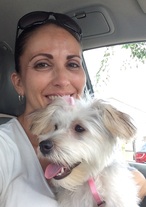 Angela Padron is a published illustrator of two books, including "The Hero in You" by Ellis Paul, as well as a Star Wars geek and chocolate chip cookie connoisseur. She also writes and illustrates her own picture books, board books, and chapter books. When she's not teaching, Angela works as a freelance writer and editor for educational publishers and spends weekends enjoying walks along the beach with her family. She's also one of the admins for the online KidLit Illustration Critique Group. View her online portfolio at www.angelapadron.com. You can also "like" her facebook page, follow her on Twitter @angela_padron, and follow her own blog called "Show and Tell" with weekly posts about teaching, writing and illustrating books for children. Christina Aguilera and Blake Shelton know all about The Voice, when it comes to singers. And we writers must know all about the voice when it comes to writing. |
“Trouble cruised into Tupelo Landing at exactly seven minutes past noon on Wednesday, the third of June, flashing a gold badge and driving a Chevy Impala the color of dirt. Almost before the dust had settled, Mr. Jesse turned up dead and life in Tupelo Landing turned upside down." |
| Though I love reading first person and worry a bit about writing in third, there are plenty of wonderful novels that use third, including A Wrinkle in Time and The Entirely True Story of the Unbelievable Fib. These are also on my list to read and study. Above and beyond your story’s voice is your own personal voice, the voice you develop as an author as you learn your craft and explore your art. That voice is visible in who and what you choose to write about. One way to think of your personal voice is as your personality. Your personality includes things like what kind of news stories you’re attracted to and your sense of humor or lack of it. It’s who you are and how you see the world. If your readers were to meet you, they wouldn’t be surprised that it’s you who wrote their favorite stories. In some stories, your personal voice will be stronger, up front and center. In other stories, it will be subtle, hiding in the shadows. But always your personal author’s voice will be woven into your story. Your character’s voice will be an extension of your own. Think of the voice of A Prairie Home Companion’s Garrison Keillor. Not only is his physical voice unique, memorable, and unforgettable, his written voice is too. It demonstrates a shy kindness, full of homespun humor. It’s a voice you’d know anywhere. |
We really can’t have a great voice without a point-of-view. I like to think of point of view as two sides of the same coin. Most people think of point-of-view in terms of first person or third person. But on the other side of that point-of-view coin is who is telling the story. A story’s viewpoint character might be that of a ferocious lion, for example. The story can be told in first person or third person, but the point of view remains that of a ferocious lion. The story would be very different if told from the point of view of a shy ant.
We’ll return to point-of-view in another blog, but for now experiment with your voice. Let it sing, loud and strong.
| Marsha Diane Arnold is the award-winning author of twelve books that have sold over a million copies. Her latest book Lost. Found received three starred reviews, is a Junior Library Guild selection, and was just selected as a Bank Street Best Children's Books of the Year. She enjoys traveling the country visiting schools to share her love of writing and books as well as doing manuscript consultations from her home base in Florida. www.marshadianearnold.com |
Meet the Friday Blogonauts
Second Fridays will feature awesome multi-award winning author Marsha Diane Arnold who will be writing about character-driven and/or nature-based books and/or anything she likes :)
Third Fridays will feature independent Aladdin/Simon & Shuster editor Emma Sector who has helped bring many books into the world.
Fourth Fridays will feature the great Christine Taylor-Butler who has published over 70 award-winning fiction and non-fiction and nonfiction books including the acclaimed new middle grade series - The Lost Tribes.
Fifth Fridays will feature the fabulous Carl Angel award-winning multi-published Illustrator and graphic designer.
Join our Tribe
Your email addresses are always safe and respected with us.
Follow our Blog!
Archives
January 2019
March 2017
February 2017
January 2017
December 2016
November 2016
October 2016
September 2016
August 2016
July 2016
June 2016
May 2016
April 2016
March 2016
February 2016
January 2016
December 2015
November 2015
October 2015
September 2015
August 2015
July 2015
June 2015
May 2015
April 2015
March 2015
February 2015
January 2015
December 2014
November 2014
October 2014
September 2014
August 2014
July 2014
June 2014
May 2014
April 2014
March 2014
February 2014
January 2014
December 2013
November 2013
October 2013
September 2013
August 2013
July 2013
June 2013
May 2013
Categories
All
Art Technique
Authorartist
Author Platform
Author Visits
Bitsy Kemper
Book Marketing
Books For Children
COPPA
Creative Flow
Digital Books
Diversity In Children's Books
First Voice Multicultural Children's Books
Illustrating Your Own Story
Independent Publishing
Magic In Books
Marketing
Maya Gonzalez
Middle Grade Novels
Picture Books
Picture Books And Death
Print-on-demand
School Visits
Self-publishing
Understory
Writer Platform
Writing
Writing Exercise
Writing For Children
